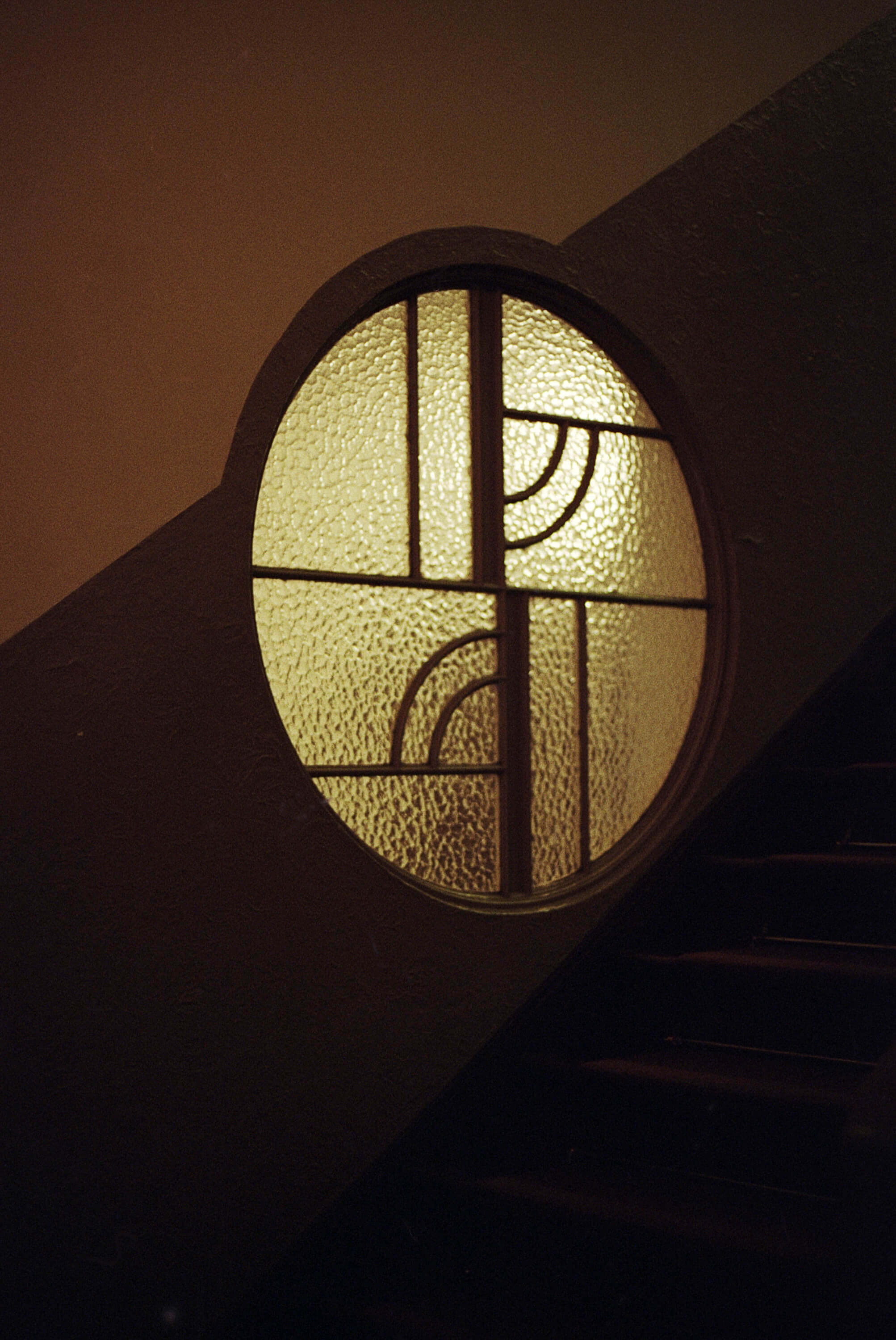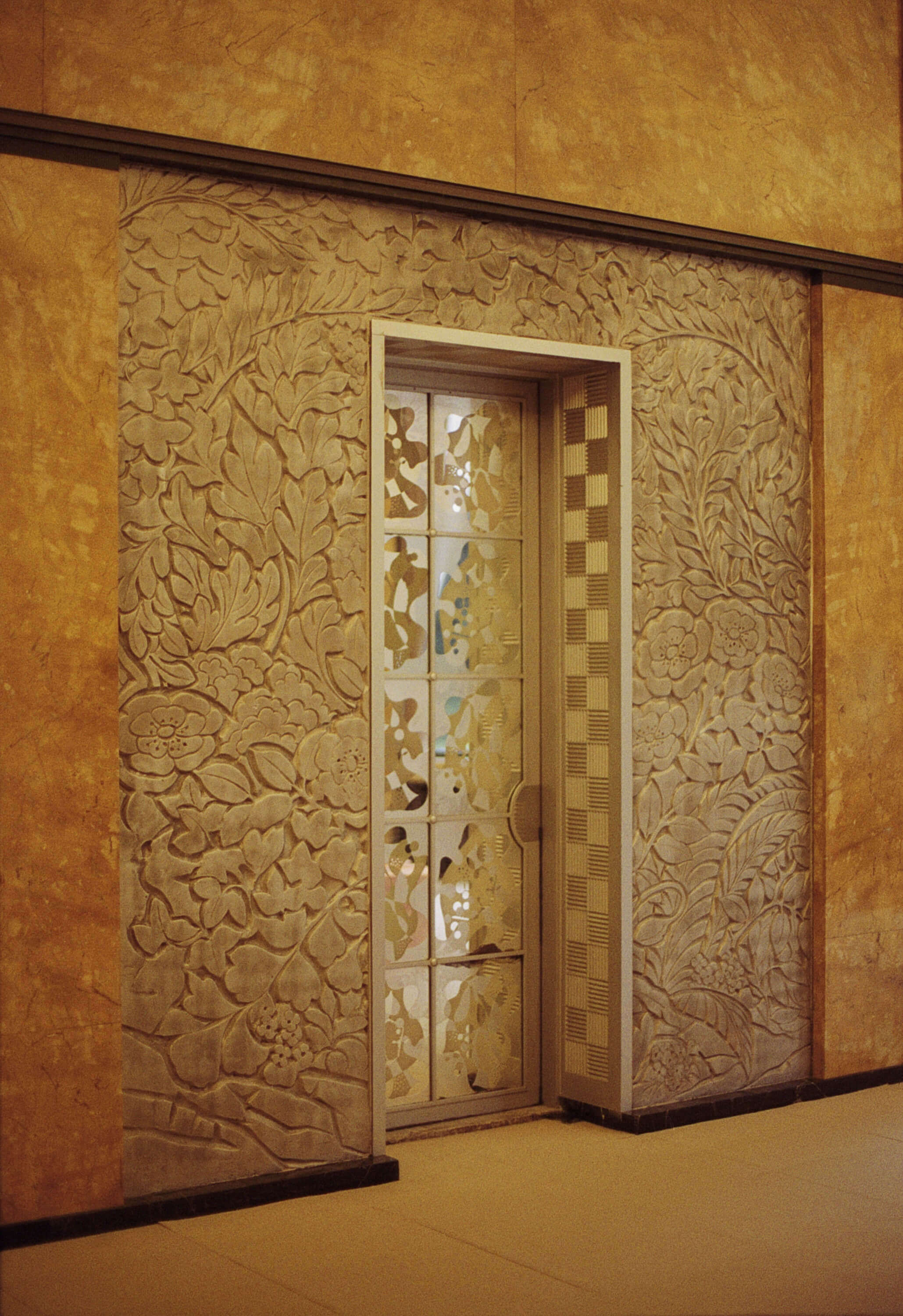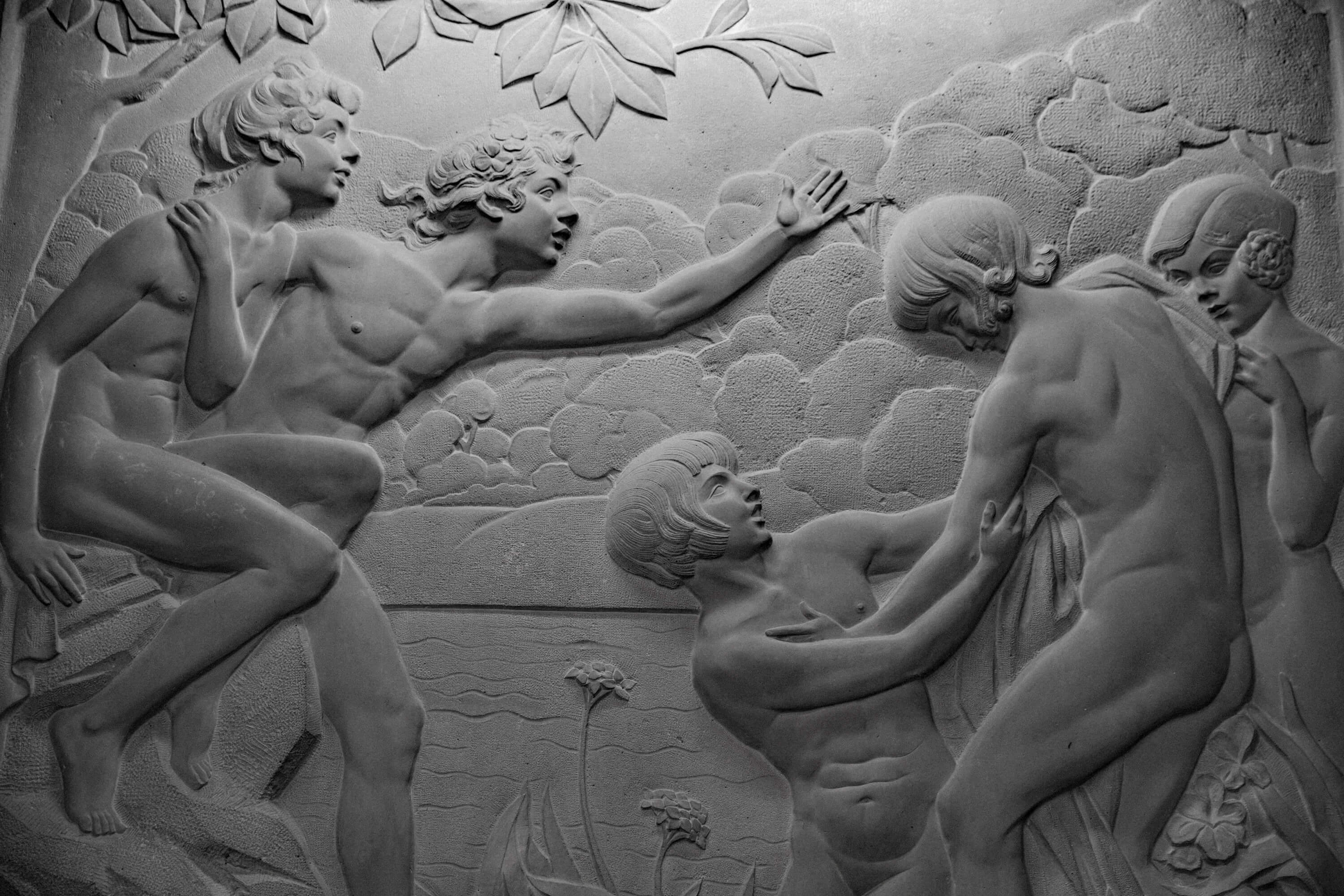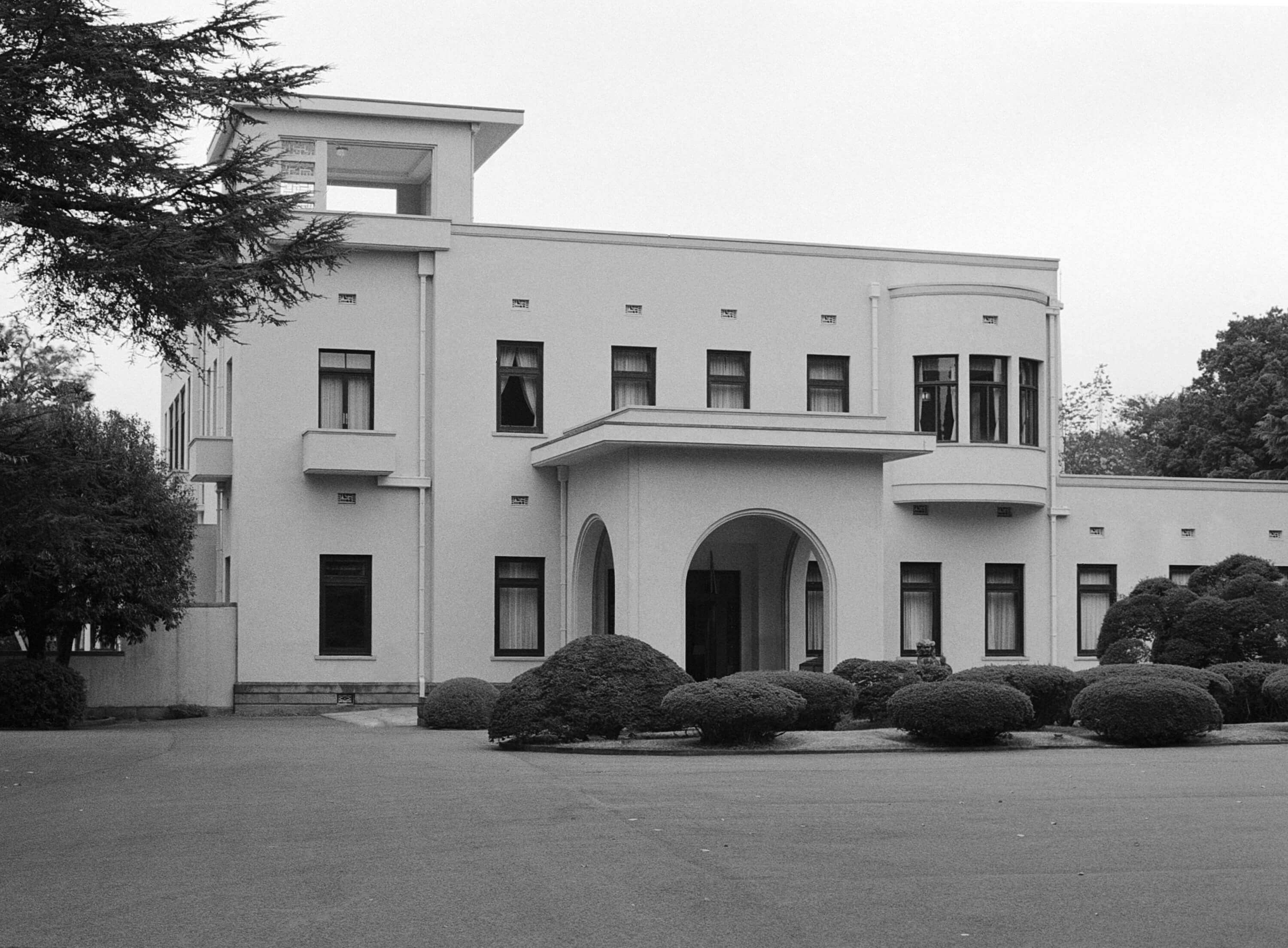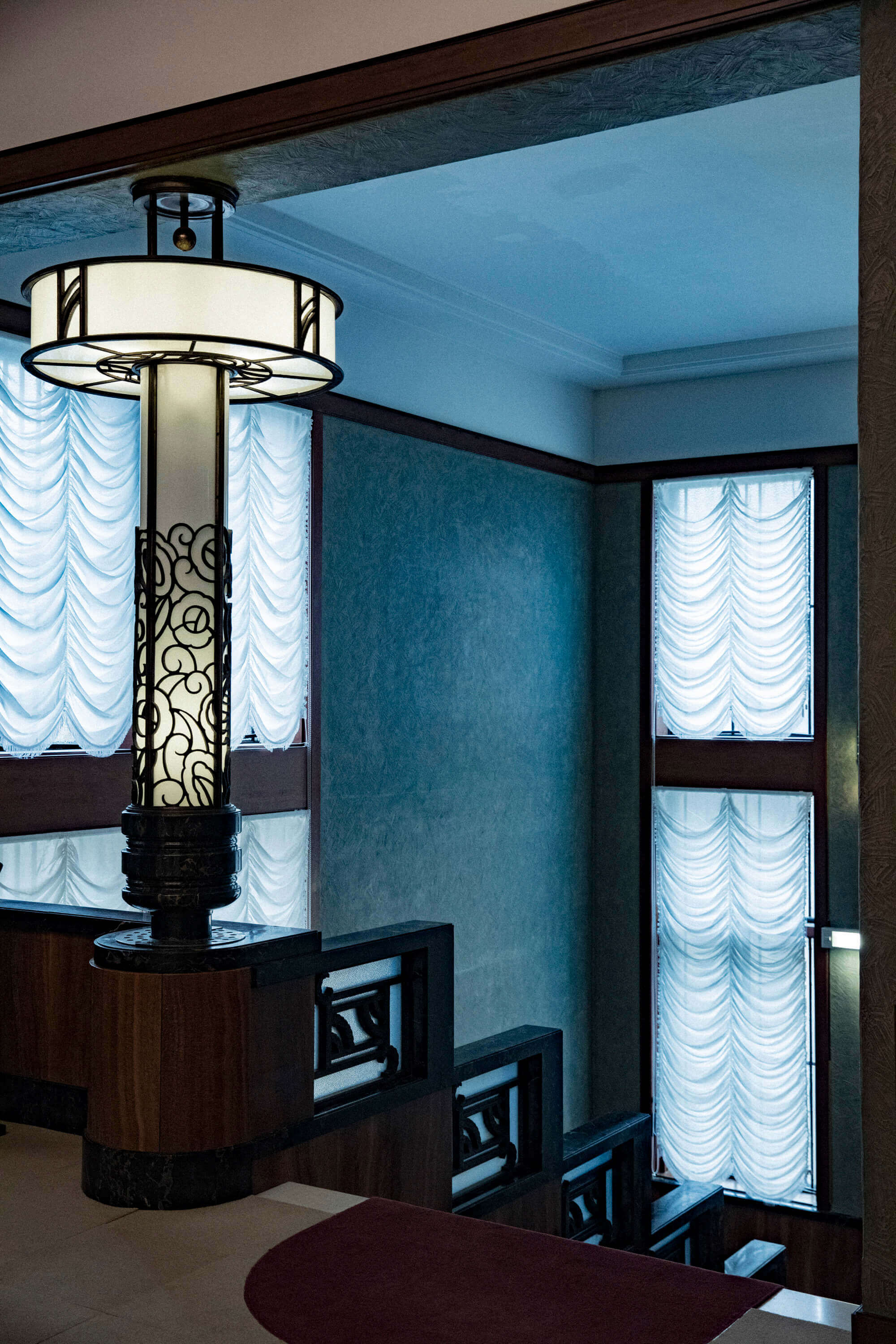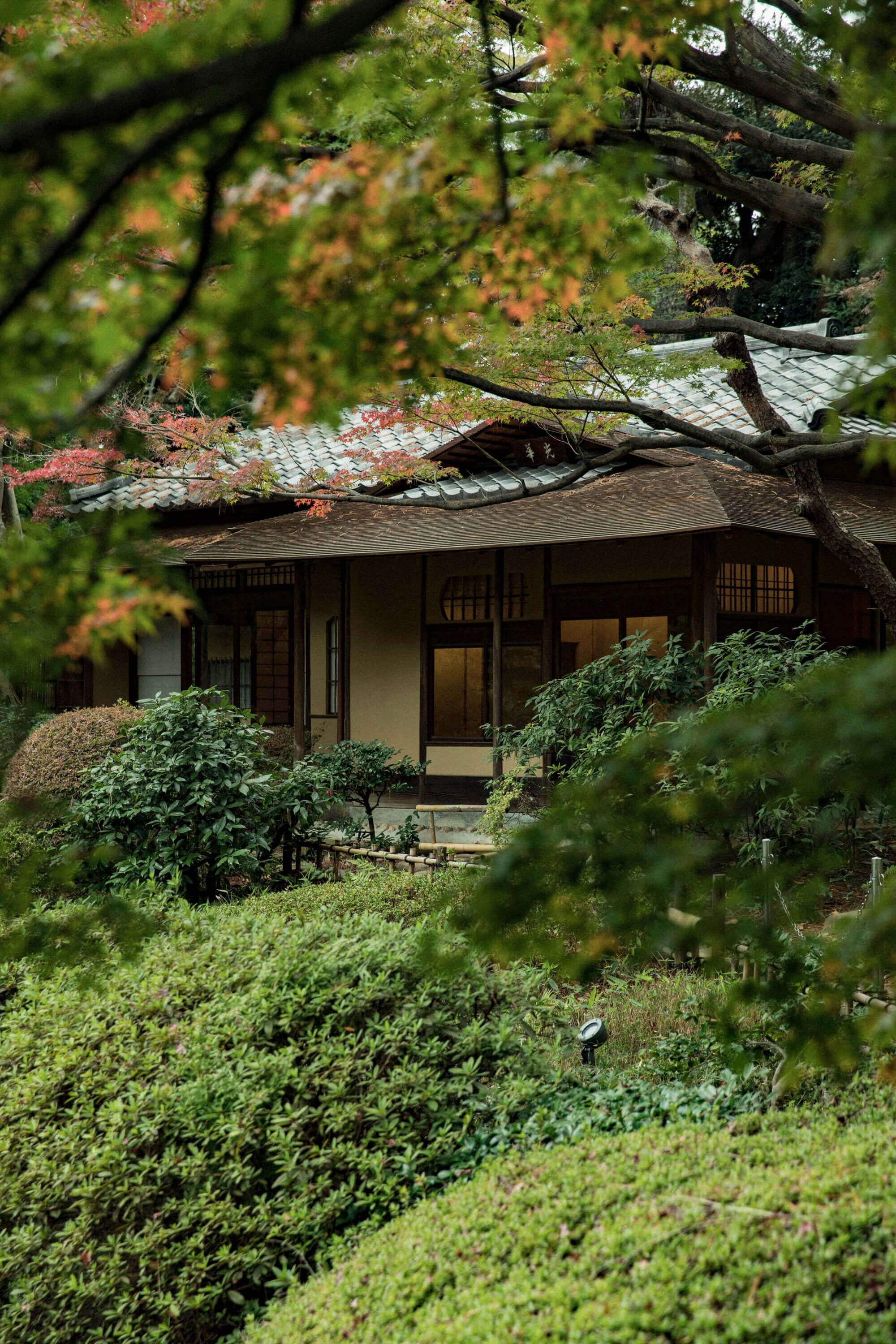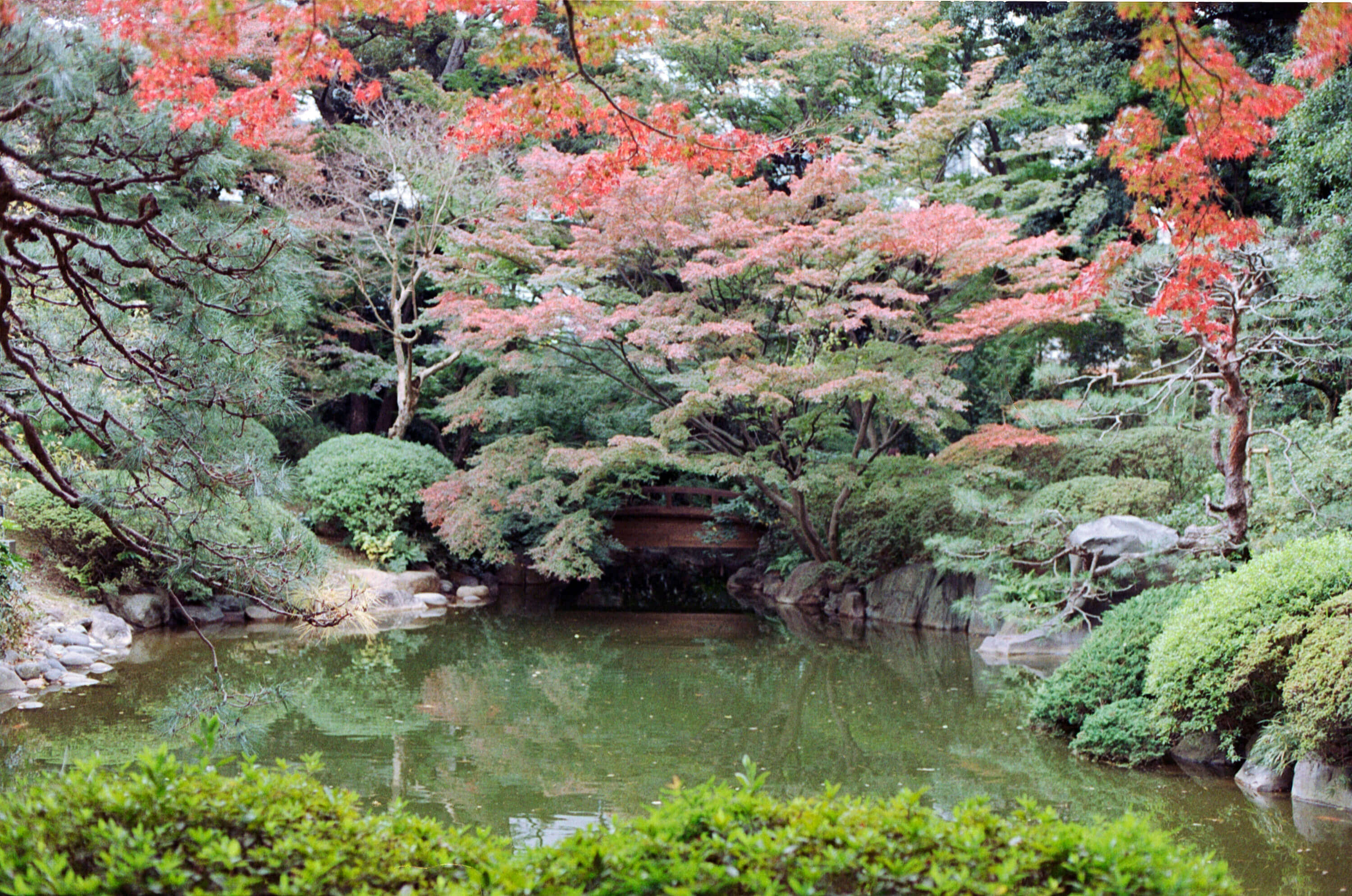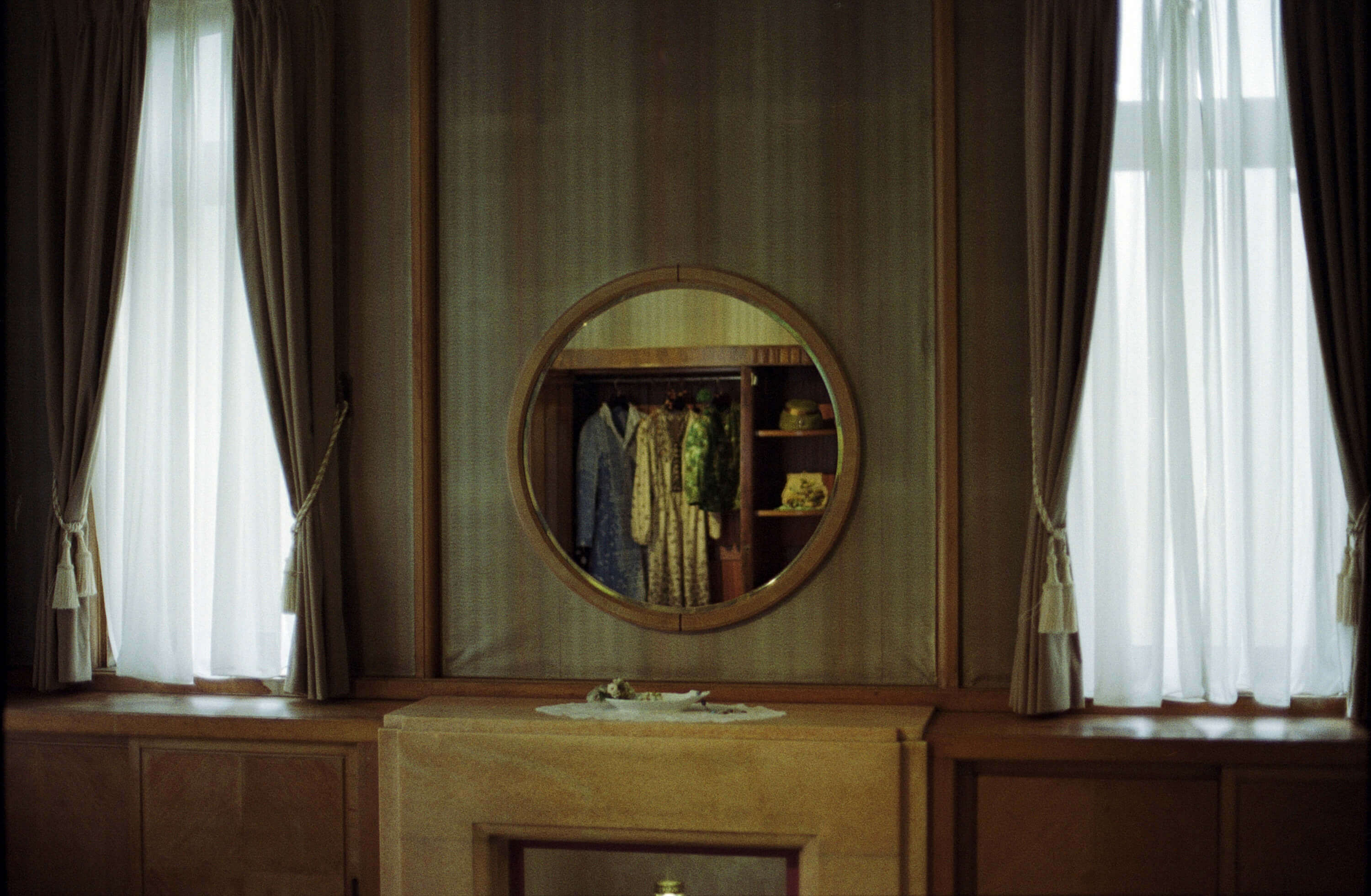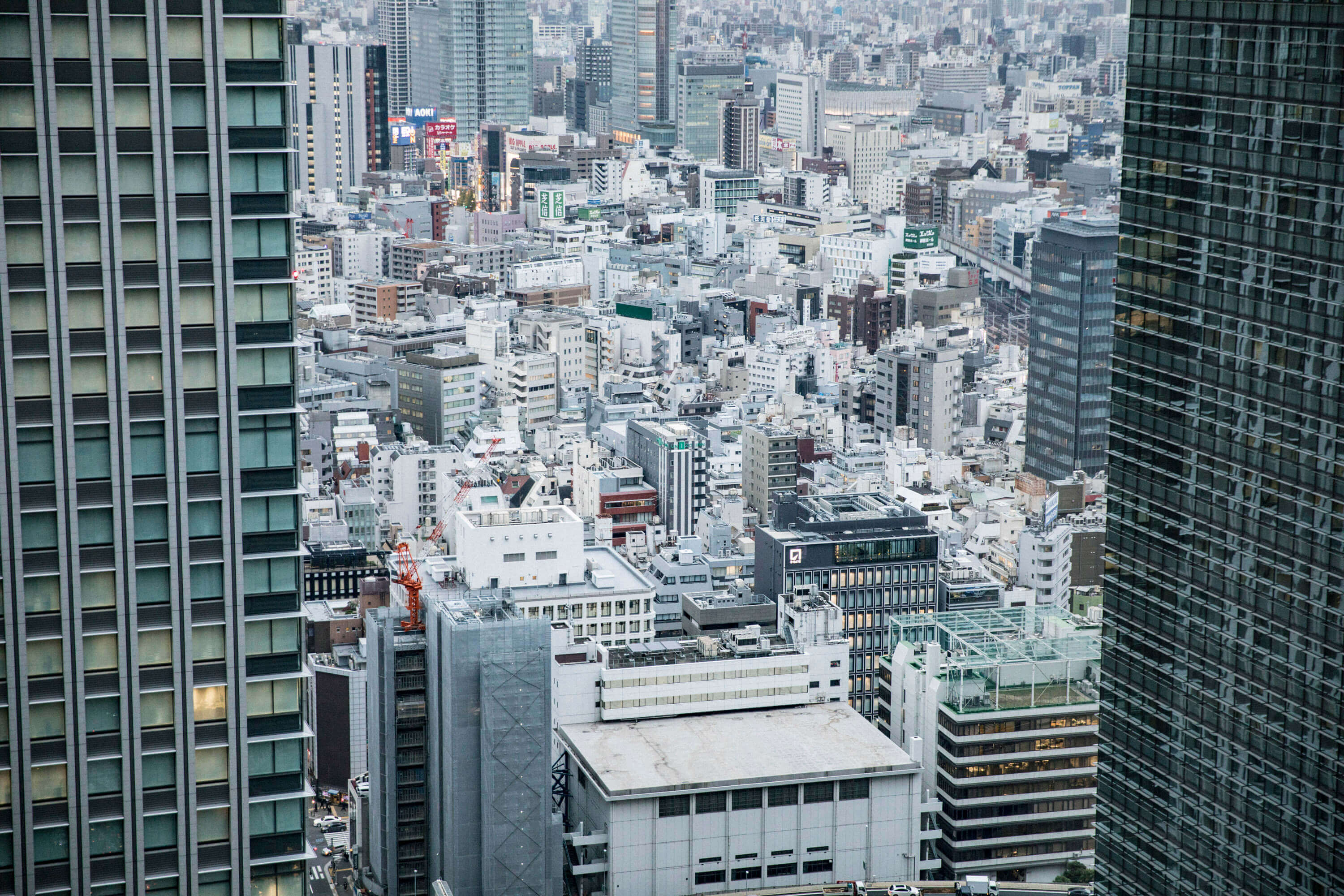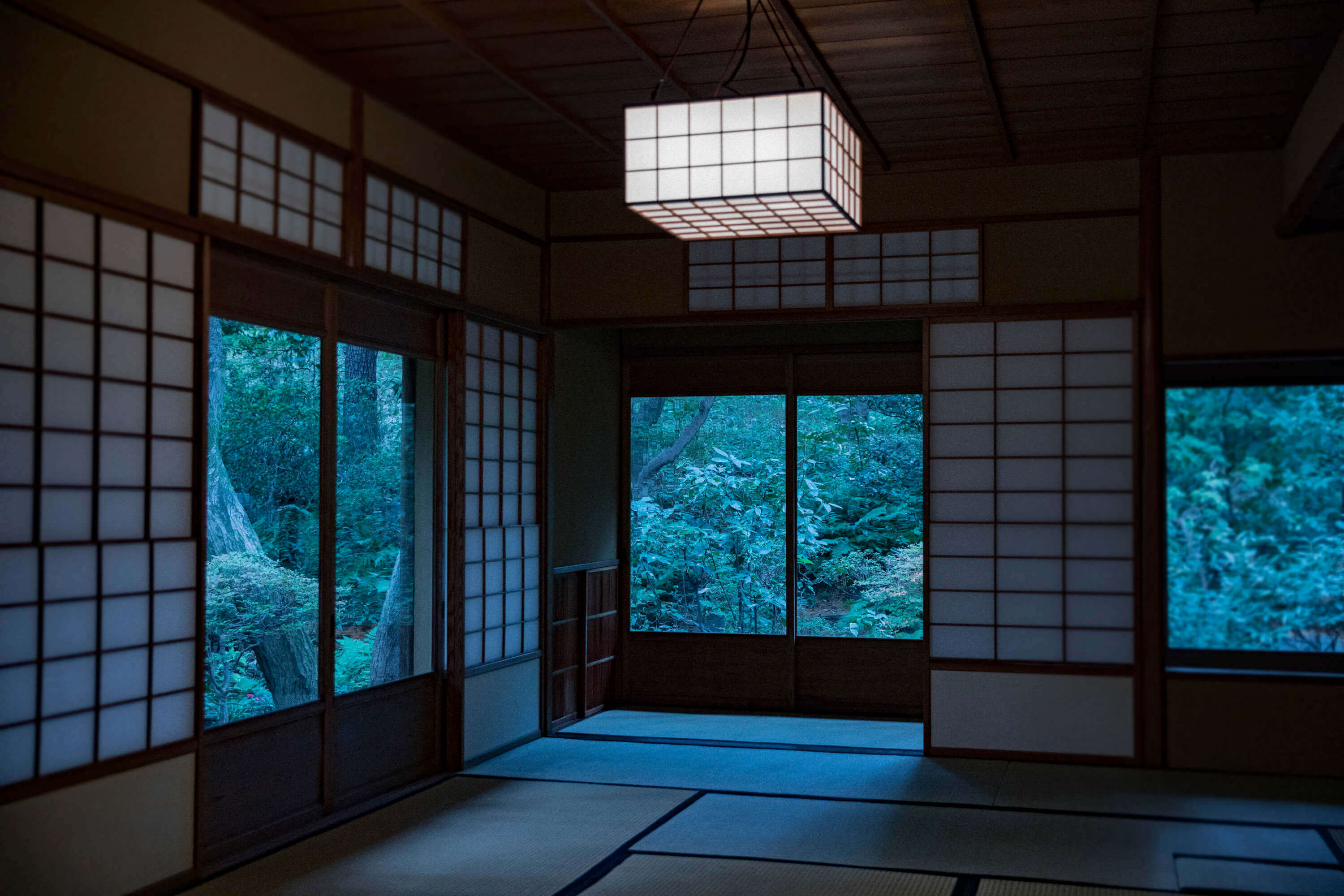
It was the year 1923 and Prince Yasuhiko Asaka, the youngest of eight children, was studying at the Military Academy in Europe when a bad injury in a car accident forced him to remain on the continent. “Princess Fumi”, eighth daughter of Emperor Meiji and the prince’s wife, travelled to be with him during his convalescence, and so the couple spent over two years together in Paris. It was spring 1925 when the International Exposition of Modern Decorative and Industrial Arts, also known as “Le Style 1925”, was held in Paris, taking in over fifty acres right in the heart of the city, from the Esplanade des Invalides, along Pont Alexandre III, up to the entrance to the Grand Palais and Petit Palais.
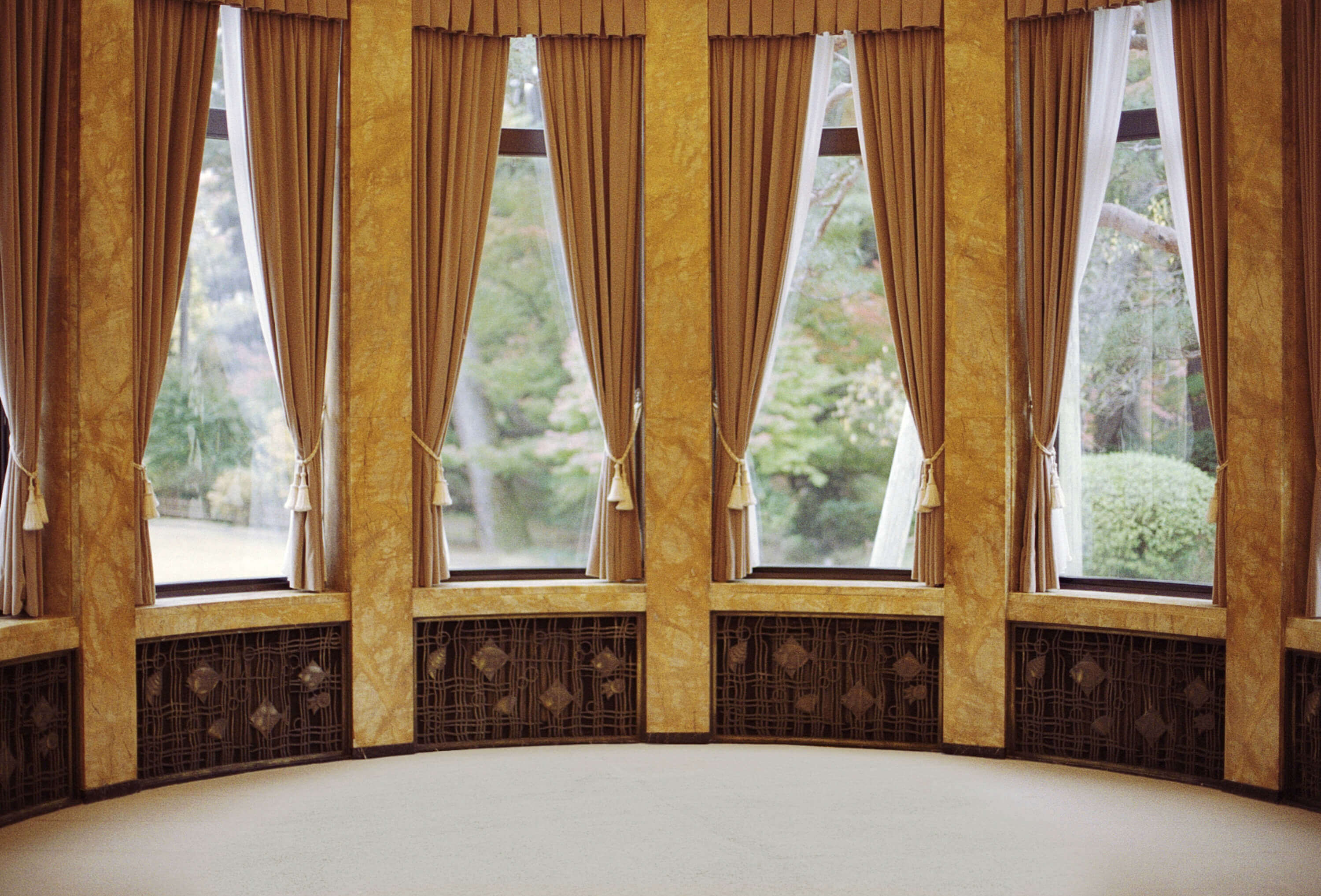
The Parisian exhibition gave the Art Deco style its name, and won over the hearts of a prince and a princess who promised, once they had gone back to Japan, to build a family home in pure Art Deco style.
The villa was completed in Shirokanedai, the affluent neighbourhood to the south-west of Minato, Tokyo, in April 1933, when the first cherry trees were in flower. They ruled there for 14 years, then the villa was used as the Prime Minister’s public residence and then for state guests.
In 1981 the land and house became the property of the Tokyo metropolitan council, opening to the public as a museum in October 1983. French goldsmith and glass-maker René Jules Lalique was commissioned to make the pressed glass doors that lead into the house: a full-length figure of a woman, standing with a long, smooth dress down to her feet and two large wings stretched open towards the sky, multiplied by four, a visual alliteration of vigour and angelic poise. “Pineapples and pomegranates” is the title of the chandeliers in the Great Dining Hall, set aside for parties with guests, again designed by Lalique. The Perfume Tower and seven rooms were planned by Henri Rapin, an interior design artist who was highly fashionable at the time. And so on. In several rooms, the radiators feature traditional Japanese fish, sea creature or “blue ocean wave” patterns. A noble blend of European and local style.
